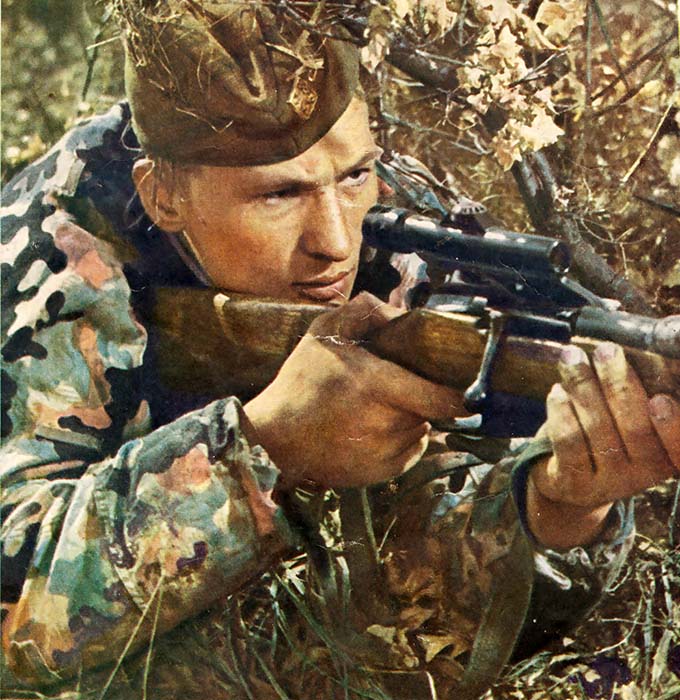The instruction poster for the vz. 54 military rifle.
By David Pazdera
Czechoslovakia saw the first attempts to equip a military rifle with a scope as early as between the World Wars, when such modification was applied on the vz. 24 army repeating rifles and the use of optics were envisioned also for the development of the new self-loading models. After World War II, which proved the extraordinary importance of “snipers” in modern combat, Czechoslovak experts tried to bring their own original solution.
Firearms designer Otakar Galaš (1904–1968), born in Syrovice in Moravia, was in charge of the development of a rifle for snipers in the post-war Czechoslovakia. Although originally educated in electrical engineering, he started work in Zbrojovka Brno in 1933 as a mechanic in the prototype production area and simultaneously was in charge of shooting presentations of weapons both in Czechoslovakia and abroad. He was a keen hunter and regarded himself as an elite shooter. Among other things, he excelled with special language skills: besides being able to speak German and English he could also speak Turkish. World War II became a milestone in Galaš’s life. Living in England, he worked hard in the local military industry as well as gaining valuable knowledge of high-precision rifles.
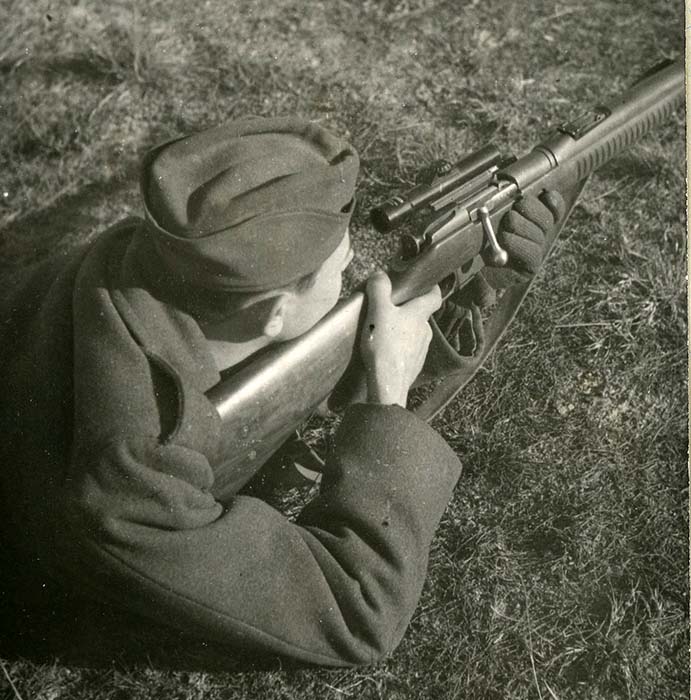
Galaš’s Special Rifle
Otakar Galaš is believed to have started designing sniper rifles as early as during the war, however, only his postwar projects are documented in some detail. He partially carried out these projects in parallel with his hunting rifles, at first as an employee of Zbrojovka Brno and later on as a worker of the newly established enterprise Prototypa, renamed to Konstrukta Brno in 1954.
In 1949, Otakar Galaš elaborated a detailed analysis of use and development of sniper weapons during the course of World War II. Based on this analysis, he developed a design of his own, the ZG 49 Sn “special sniper rifle” using the Mauser-type action for the cartridge in 7.92x64mm, which originated by loading the vz. 23 bullet into the standardly manufactured 8×64 case.
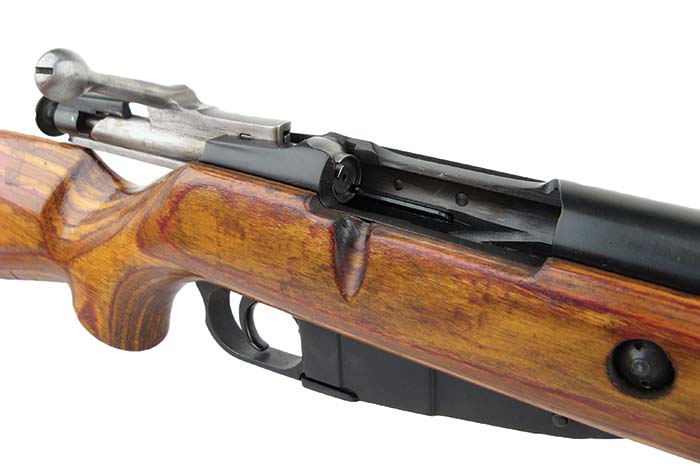
Although the concept of a special cartridge was interesting, it did not last for too long: since the spring of 1950, after Alexej ?epi?ka, a son-in-law of the communist president Klement Gottwald, assumed the office of the Minister of National Defence, uncompromising unification with the Soviet equipment started to be enforced in the Czechoslovak army. At first, the new army command attempted to gain the required new weapons simply by means of licenses from the Soviet Union. To their great disappointment, they were not too successful in the case of infantry weapons. Among others, they did not manage to procure more vz. 91/30 sniper rifles using the Mosin system, which were originally intended as the new standard weapons of Czechoslovak snipers. The situation was thus resolved in the summer of 1951 by assigning development of a new sniper rifle using the Soviet cartridge 7.62x54R with a heavy vz. 30 bullet having a lead core. This was actually a serial cartridge designed for the heavy vz. 43 machine gun Gorjunov and the Soviet consultants did not object to its licensed production in Czechoslovakia.

The Army Chooses the Mosin
The task was again taken up by Otakar Galaš, who prepared two prototypes designated ZG 51 Sn in a few months’ time. One of the prototypes used the action of the Soviet repeating rifle Mosin vz. 91/30, while the other used the M98 Mauser-type action. Galaš himself apparently (and rightly) regarded the Mauser design as the better quality and more promising solution; however politics intervened once again and, after tests in 1952, the Czechoslovak military administration gave preference to the Soviet system. Therefore, the development continued only for the rifle based on the vz. 91/30 rifle. However, it was not a development of a brand new weapon, for the army demanded that its production should utilize the maximum quantity of components of the Soviet vz. 91/30 rifles that were available in the Czechoslovak military stores.
The Galaš’s weapon differed from the vz. 91/30 sniper rifle by its smaller length and lower weight and particularly by its more ergonomic stock and a relatively good scope 2.5×6° from the “national enterprise” Meopta Koší?e and its installation. The installation allowed for easy removal and mounting of the scope without the necessity of repeated zeroing and it was lower while still retaining the option of sighting with the mechanical sights. It was necessary to redesign the barrel as the Czechoslovak sniper rifle was expected to hit a square of 50×50 cm with ten rounds at the range of 800 meters.
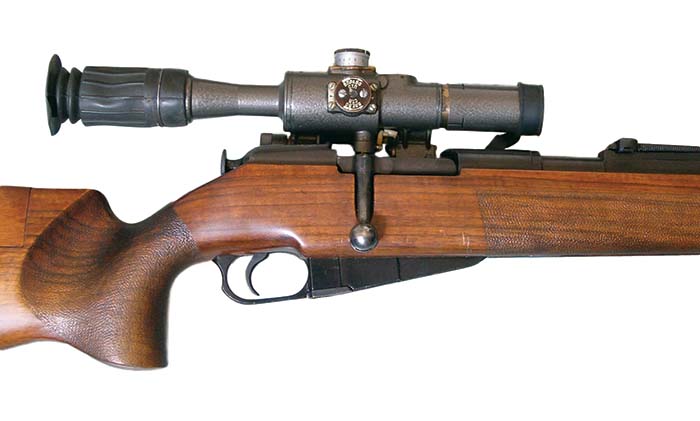
The barrel designed by Galaš was shorter by 30 mm but somewhat thicker than the Soviet weapon. This solution not only improved ballistic performance but also made serial production easier. It was also necessary to fine tune the original action and trigger mechanism. During the summer of 1953, the ZG 51 Sn prototypes achieved good results in tests and further adjustments were only made based on partial comments. The rifle was introduced into the army’s equipment base in July 1954 as the vz. 54 sniper rifle (odst?elova?ská puška vz. 54) and it was positively evaluated in December 1954 in the conclusion of the test report from the USSR.
Problems with the Originals
The armaments factory in Uherský Brod, at that time called Závody p?esného strojírenství (Precision Engineering Plants) Uherský Brod, shortly ZPS Uherský Brod, was designated for the production, or more accurately, for the assembly of vz. 54 sniper rifles. A number of subcontractors were to assist in the project. The preparation of this production program commenced as early as 1954, with the assumption that the test series of 100 pieces would be manufactured in 1955. But, not for the first time within the Czechoslovak military industry of that time, the plant did not succeed in meeting the plan and the test series of 75 rifles did not get into production until the December of 1955; a continuing supply of the components necessary for adaptation remained an open issue. Indeed, in the early part of 1956, during the course of building up the test series, serious problems arouse with using the components of the vz. 91/30 rifles from the military stores. The biggest complications were caused by different tolerances of the diameter of the receiver threads for screwing on the barrel. In the end, the plant had to increase the thread diameter by 0.5 mm; otherwise most receivers would not be applicable for the given purpose.
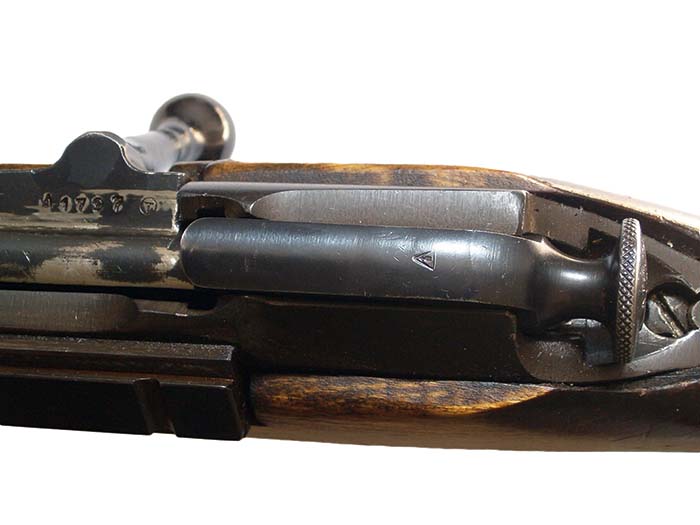
After resolving this issue, the test series was successfully accomplished and the competent Ministry of Precision Engineering could grant the respective “production capacity” to the plant. On 24 September 1956 the Ministry of National Defence granted its permission to acceptance of the finished weapons, however, subject to elimination of some minor shortcomings and application of the tested improvements.
ZPS Uherský Brod plant had just had an embarrassing experience with production of the vz. 52 self-loading rifles, which were immature in terms of design and technology; therefore the factory workers were determined to restore their unjustly injured reputation. Despite all their efforts, the production of the vz. 54 sniper rifles was not smooth in the second half of 1956 either. The main complication was the desperate shortage of usable components from the vz. 91/30 rifles. Although 16,000 rifles were examined, only 4,500 pieces arrived in Uherský Brod by mid December 1956, out of which merely 2,500 pieces got into production after another thorough inspection.
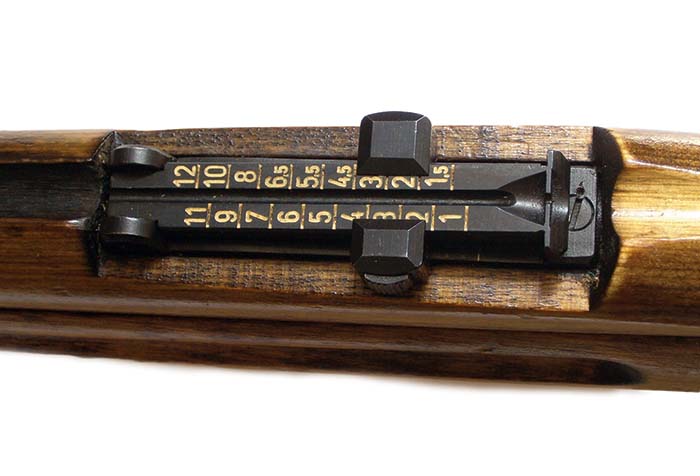
Zeroing finished rifles with a scope for the range of 300 meters was not easy either. To this end, ZPS Uherský Brod used a garrison shooting range in Popovice (Moravia), which however was available only on certain days – and they did not shoot if the weather was bad. Moreover, the company had to obtain capable shooters from various plants. As accuracy was unsatisfactory at first, when using the original assessment method, it was necessary to develop a new sighting-in verification procedure.
On top of that, subcontractors also faced considerable difficulties: Považské strojírny in Považská Bystrica had to interrupt production of stocks for some time due to poor drawings from Konstrukta Brno. The national enterprise Kozak Klatovy had to modify the scope cover at the last minute and the company Meopta had to develop a changed scope model to respond to additional requirements of the military administration resulting from underwater tests.
No wonder that in this situation the armaments factory in Uherský Brod was able to finish and hand over only 108 vz. 54 sniper rifles from September 1956 to the end of the year, although the production schedule called for supplies of 4,000 pieces.
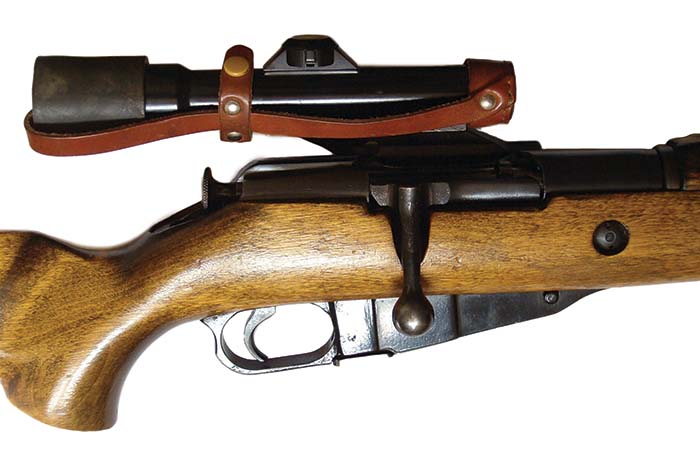
All’s Well That Ends Well
The company did much better in the following year when it apparently found a source of other usable components and provided zeroing service in Považská Bystrica, Vlašim and Brno (however, ZPS Uherský Brod had to do the necessary modifications in each of the shooting ranges, which made this production program even more expensive). Despite the defects of the scopes, which were returned to the manufacturer for repair, the plant in Uherský Brod finished and handed over the total of 5,410 vz. 54 sniper rifles during the course of 1957. After adding the last three pieces in January 1958, this production program was ended, most probably due to the lack of other usable components of the original Mosin rifles.
To avoid any confusion, the vz. 54 sniper rifles were by no means bad weapons although this cannot be stated with certainty about all the pieces, owing to the production complications. Generally, the people of the armaments factory in Uherský Brod invested a huge amount of work in this program and they managed to produce, using components of different quality (and different size), ergonomically friendly, accurate and reliable rifles, which in the hands of experienced shooters and with the appropriate ammunition actually achieved the required dispersion of ten hits in the square of 50×50 cm at the distance of 800 meters. This was a very good result, in view of the fact the weapon was by no means a special sniper rifle as originally designed by Otakar Galaš, despite partial tuning of its mechanism, and considering its low-performance scope.
In the end, the vz. 54 sniper rifles were used in the equipment of the Czechoslovak National Army until the 1970s, when they were replaced by imported Soviet self-loading sniper rifles Dragunov (SVD). Afterwards, they served for some time in the domestic police forces. A part of them was even upgraded later on to the pattern 54/90, sometimes called also 54/91 (in addition to a new stock with an adjustable cheekpiece and a rail for mounting a bipod, the model featured a typical side rail allowing for mounting a higher-performance scope PSO-1 from the SVD rifle). Considering the small number of manufactured pieces and their interesting history, the original unaltered vz. 54 rifles are rightly considered today as increasingly desirable collectors’ pieces.
Vz. 54 sniper rifle (Odst?elova?ská puška vz. 54)
Calibre: 7.62×54 R (NT 14 cartridge)
Overall length: 1.190 mm
Barrel length: 700 mm
Weapon weight w/o scope: 4.15 kg
Weapon weight with scope: 4.55 kg
Magazine capacity: 4 cartridges (+ 1 in the chamber)
| This article first appeared in Small Arms Review V19N6 (July 2015) |



